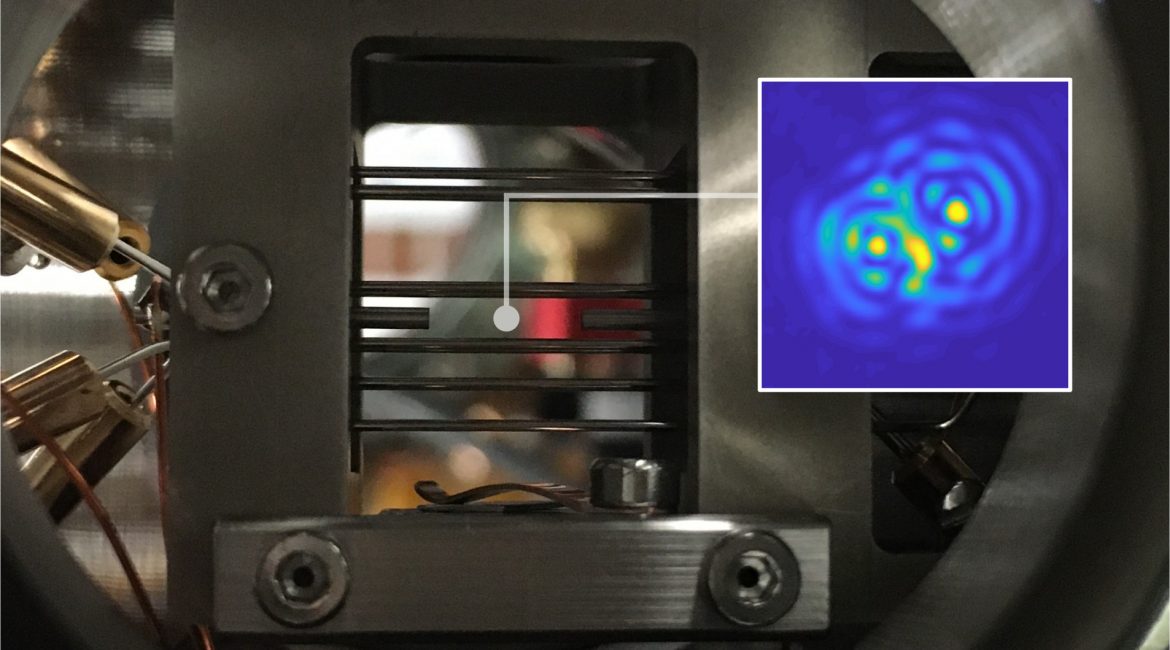| Jun 30, 2022 |
|
(Nanowerk News) Sensing with levitated nanoparticles has so far been limited by the precision of position measurements. Now, researchers at the University of Innsbruck led by Tracy Northup, have demonstrated a new method for optical interferometry in which light scattered by a particle is reflected by a mirror (Physical Review Letters, “Position measurement of a levitated nanoparticle via interference with its mirror image”). This opens up new possibilities for using levitated particles as sensors, in particular, in quantum regimes.
|
|
Levitated nanoparticles are promising tools for sensing ultra-weak forces of biological, chemical or mechanical origin and even for testing the foundations of quantum physics. However, such applications require precise position measurement.
|
|
Researchers at the Department of Experimental Physics of the University of Innsbruck, Austria, have now demonstrated a new technique that boosts the efficiency with which the position of a sub-micron levitated object is detected.
|
|
“Typically, we measure a nanoparticle’s position with a technique called optical interferometry, in which part of the light emitted by a nanoparticle is compared with the light from a reference laser”, says Lorenzo Dania, a PhD student in Tracy Northup’s research group. “A laser beam, however, has a much different shape than the light pattern emitted by a nanoparticle, known as dipole radiation.”
|
|
That shape difference currently limits the measurement precision.
|
 |
| The ion trap used to levitate a single nanoparticle. Inset: optical interference between the particle and its mirror image. (Image: Quantum Interface Group, University of Innsbruck)
|
Self-interference method
|
|
The new technique demonstrated by Tracy Northup, a professor at the University of Innsbruck, and her team resolves this limitation by replacing the laser beam with the light of the particle reflected by a mirror.
|
|
The technique builds on a method to track barium ions that has been developed in recent years by Rainer Blatt, also of the University of Innsbruck, and his team (Physical Review A, “Position measurement of a dipolar scatterer via self-homodyne detection”). Last year, researchers from the two teams proposed to extend this method to nanoparticles.
|
|
Now, using a nanoparticle levitated in an electromagnetic trap, the researchers showed that this method outperformed other state-of-the-art detection techniques. The result opens up new possibilities for using levitated particles as sensors — for example, to measure tiny forces — and for bringing the particles’ motion into realms described by quantum mechanics.
|


